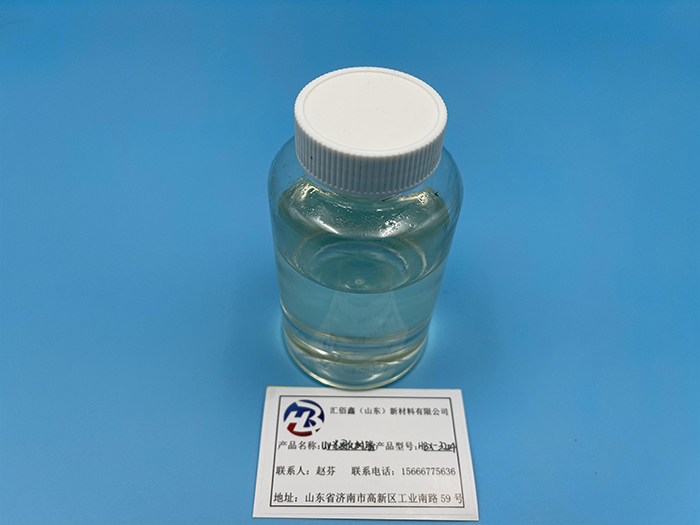Advantages of UV resin:
(1) Fast curing speed and high production efficiency;
(2) High energy utilization rate and energy saving;
(3) Less organic volatile matter (VOC) and environment-friendly;
(4) It can be coated with various substrates, such as paper, plastic, leather, metal, glass, ceramics, etc.
UV resin classification:

According to different solvent types, UV resins can be divided into solvent based UV resins and Waterborne UV resins. Solvent based resins do not contain hydrophilic groups and can only be dissolved in organic solvents, while waterborne resins contain more hydrophilic groups or hydrophilic chain segments, which can be emulsified, dispersed or dissolved in water.
Solvent based UV resins: commonly used solvent based UV resins mainly include: UV unsaturated polyester, UV epoxy acrylate, UV polyurethane acrylate, UV polyester acrylate, UV polyether acrylate, UV pure acrylic resin, UV epoxy resin, UV silicone oligomer
Waterborne UV resin: Waterborne UV resin refers to a UV resin that is soluble in water or can be dispersed with water. The molecule contains not only a certain number of strong hydrophilic groups, such as carboxyl, hydroxyl, amino, ether and acylamino, but also unsaturated groups, such as acryloyl, methacryloyl or allyl Waterborne UV trees can be divided into three types: emulsion type, water dispersion type and water soluble type. Waterborne acrylate mainly includes waterborne polyester and waterborne acrylate.

